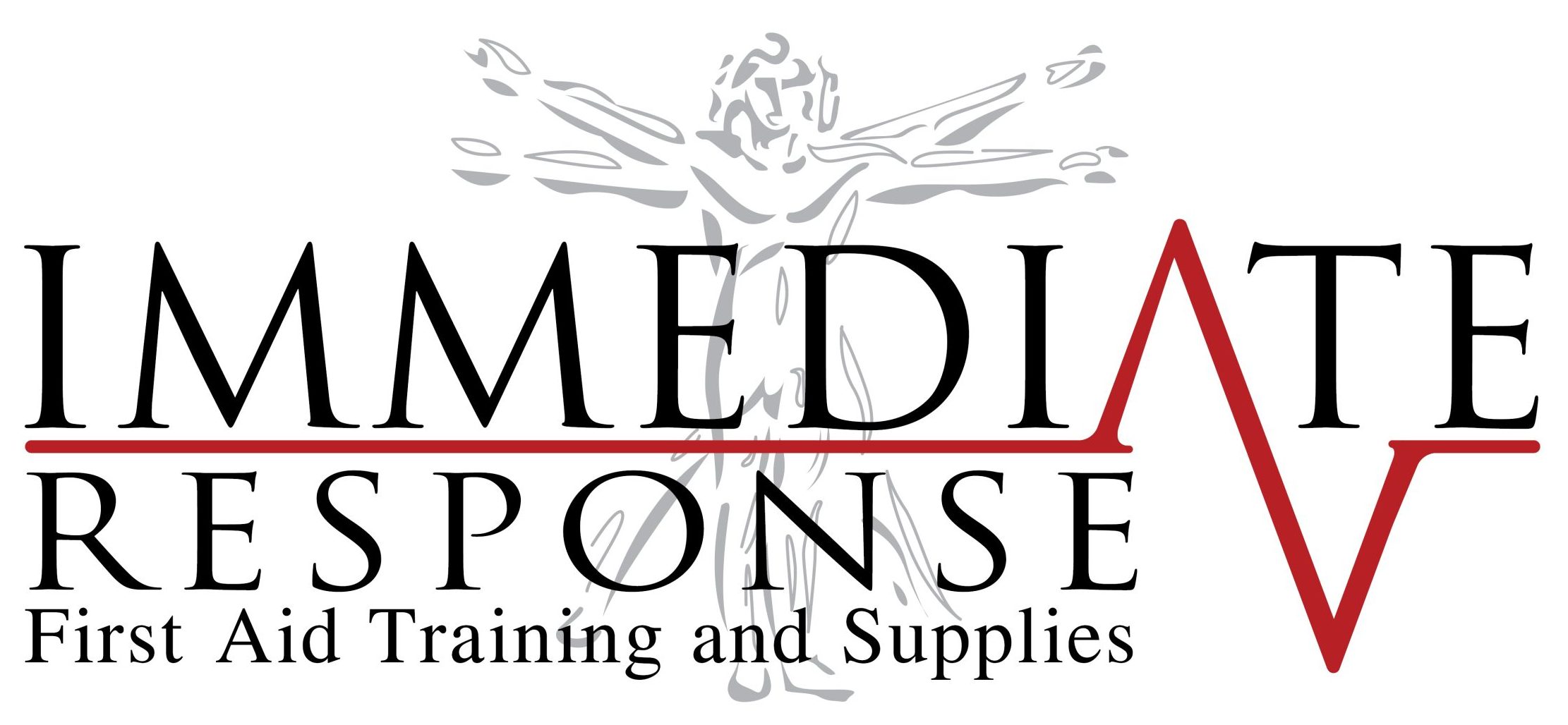Unconscious Casualty
 Blood circulation.
Blood circulation. Blood oxygenation.
Blood oxygenation. Metabolic e.g. diabetes, overdose.
Metabolic e.g. diabetes, overdose. Central nervous system e.g. head injury, stroke, tumor, epilepsy.
Central nervous system e.g. head injury, stroke, tumor, epilepsy.
Airway Management of an Unconscious Casualty
In an unconscious casualty it is essential that the airway is managed to avoid obstruction. Any unconscious casualty who remains on their back risks an obstructed airway through either inhaling vomitus, or by having their upper airway blocked by a relaxed tongue.
The most effective way of controlling this problem is to place an unconscious breathing casualty on their side in a position that ensures the airway remains open by draining away any vomitus, or by allowing the relaxed tongue to move away from the airway opening. This position is called the recovery position.
This recovery position places the casualty on their side, with their head down and tilted in such a way which expels any vomitus onto the ground, and the tongue falls clear of the airway opening.
Procedures for Placing a Casualty in the Recovery Position
 Remove items such as keys, mobile phones and spectacles from the casualty’s pockets.
Remove items such as keys, mobile phones and spectacles from the casualty’s pockets.
 Kneel beside the casualty and make sure that both their legs are laying straight.
Kneel beside the casualty and make sure that both their legs are laying straight.
 Place the arm farthest to you out at right angles (90 degrees) to their body.
Place the arm farthest to you out at right angles (90 degrees) to their body.
 Bring the arm closest to you across their chest, and place the palm of that hand on their shoulder.
Bring the arm closest to you across their chest, and place the palm of that hand on their shoulder.
 Using your other hand, grasp the leg closest to you under the knee and bend it up, ensuring the foot stays on the ground.
Using your other hand, grasp the leg closest to you under the knee and bend it up, ensuring the foot stays on the ground.
 Place one hand on their hip and one hand on their shoulder and shoulder roll them away from you onto their side.
Place one hand on their hip and one hand on their shoulder and shoulder roll them away from you onto their side.
 Adjust their upper leg so that it is at right angles (90 degrees) supporting their body.
Adjust their upper leg so that it is at right angles (90 degrees) supporting their body.
 Support the head and open the airway.
Support the head and open the airway.
 Inspect and clean out the airway by rolling them on to their side and safely positioning the head downwards.
Inspect and clean out the airway by rolling them on to their side and safely positioning the head downwards.

If a casualty has been in the recovery position for 30 minutes,
roll them onto their other side if injuries permit.

